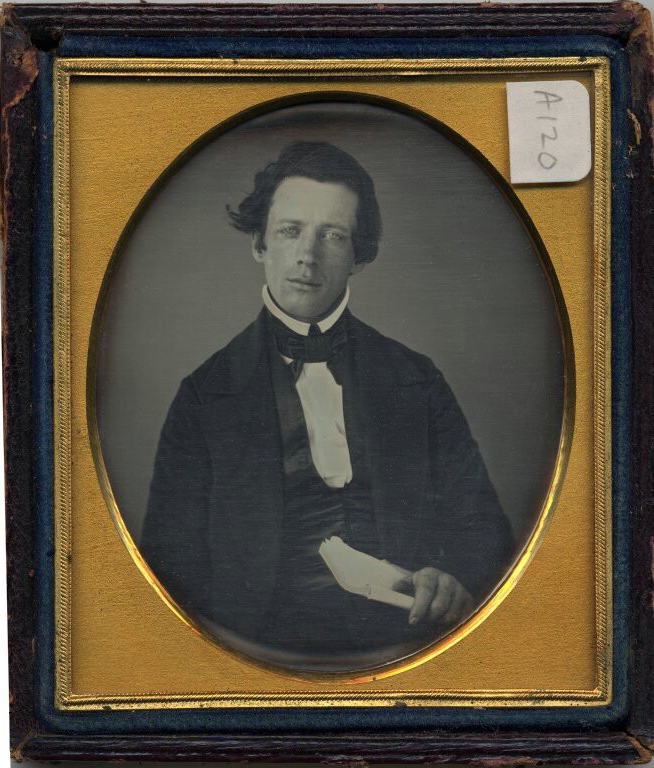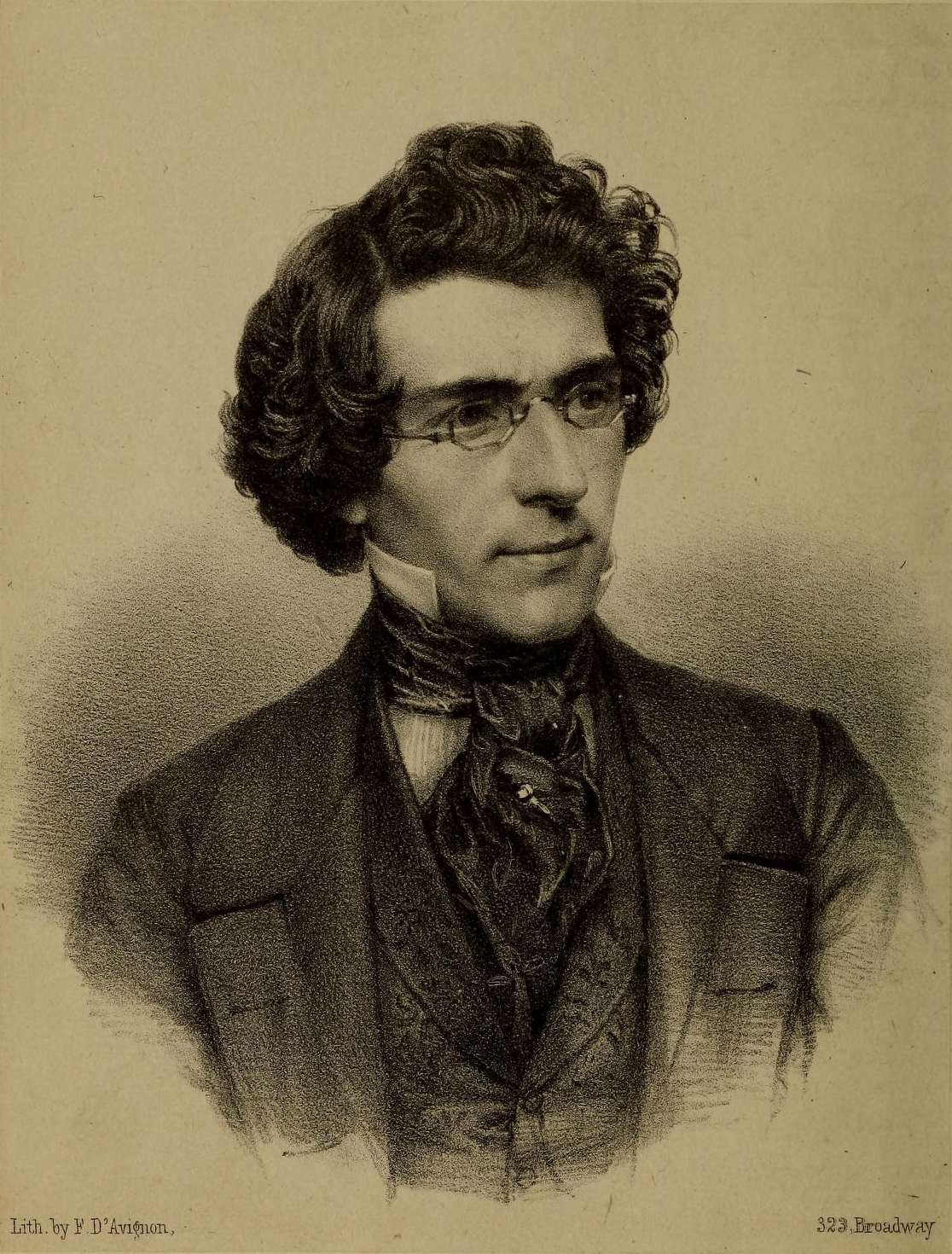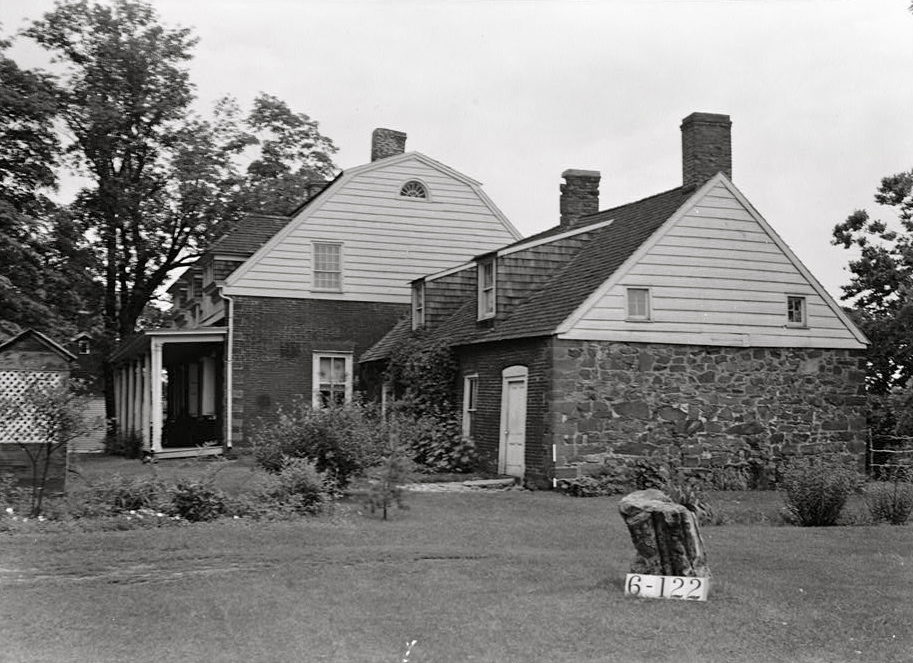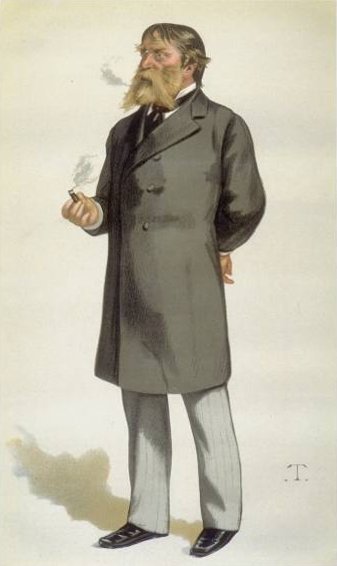|
Francis Bicknell Carpenter
Francis Bicknell Carpenter (August 6, 1830 – May 23, 1900) was an American painter born in Homer, New York. Carpenter is best known for his painting ''First Reading of the Emancipation Proclamation of President Lincoln'', which is hanging in the United States Capitol. Carpenter resided with President Lincoln at the White House and in 1866 published his one-volume memoir '' Six Months at the White House with Abraham Lincoln''.U.S. Senate Art & History site retrieved 2008 Carpenter was a descendant of the New England .''A Genealogical History of the Rehoboth Branch of the Carpenter Family in America''. Al ... [...More Info...] [...Related Items...] OR: [Wikipedia] [Google] [Baidu] |
Homer (town), New York
Homer is a town in Cortland County, New York, United States of America. The population was 6,405 at the 2010 census. The name is from the Greek poet Homer. The town of Homer contains a village called Homer. The town is situated on the west border of Cortland County, immediately north of the city of Cortland. History The region was part of the Central New York Military Tract, from which the cash-poor federal government granted land to soldiers of the American Revolution to pay them for their service. "Homer" was the name of one of the townships in the Military Tract, this name being assigned by a town clerk. The area was settled in 1791. The Town of Homer was established when Onondaga County was formed in 1794. Cortland County was subsequently formed from Onondaga County. In 1835, the village of Homer set itself off from the town by incorporation. Notable people * Isaac Atwater, Minnesota jurist * Alexander O. Babcock, Wisconsin politician * Sarah E. Beard, medical resea ... [...More Info...] [...Related Items...] OR: [Wikipedia] [Google] [Baidu] |
Henry Ward Beecher
Henry Ward Beecher (June 24, 1813 – March 8, 1887) was an American Congregationalist clergyman, social reformer, and speaker, known for his support of the Abolitionism, abolition of slavery, his emphasis on God's love, and his 1875 adultery trial. His rhetorical focus on Christ's love has influenced mainstream Christianity to this day. Beecher was the son of Lyman Beecher, a Calvinist minister who became one of the best-known Evangelism, evangelists of his era. Several of his brothers and sisters became well-known educators and activists, most notably Harriet Beecher Stowe, who achieved worldwide fame with her abolitionist novel ''Uncle Tom's Cabin''. Henry Ward Beecher graduated from Amherst College in 1834 and Lane Theological Seminary in 1837 before serving as a minister in Indianapolis and Lawrenceburg, Indiana. In 1847, Beecher became the first pastor of the Plymouth Church (Brooklyn, New York), Plymouth Church in Brooklyn, New York. He soon acquired fame on the lecture ... [...More Info...] [...Related Items...] OR: [Wikipedia] [Google] [Baidu] |
Myron H
Myron of Eleutherae ( grc, Μύρων, ''Myrōn'' ), working c. 480–440 BC, was an Athenian sculptor from the mid-5th century BC. He was born in Eleutherae on the borders of Boeotia and Attica. According to Pliny's '' Natural History'', Ageladas of Argos was his teacher. None of his original sculptures are known to survive, but there are many of what are believed to be later copies in marble, mostly Roman. Reputation Myron worked almost exclusively in bronze and his fame rested principally upon his representations of athletes (including his iconic ''Diskobolos''), in which he made a revolution, according to commentators in Antiquity, by introducing greater boldness of pose and a more perfect rhythm, subordinating the parts to the whole. Pliny's remark that Myron's works were ''numerosior'' than those of Polycleitus and "more diligent" seem to suggest that they were considered more harmonious in proportions (''numeri'') and at the same time more convincing in realism: ''dilige ... [...More Info...] [...Related Items...] OR: [Wikipedia] [Google] [Baidu] |
William Stoddard
William Osborn Stoddard (1835–1925) was an American journalist, inventor, and author of memoirs, novels, poetry, and children's books. He was known for serving in the White House as a private secretary to Abraham Lincoln. Biography Stoddard was born at Homer, New York, on September 24, 1835. His parents were Prentice S. and Sarah (Osborn) Stoddard. Stoddard's father was a bookseller, and Stoddard worked in his bookshop while growing up. Stoddard attended the University of Rochester, where he entered with the Class of 1858 and graduated in 1857. After graduation, he was employed in an "editorial position" in 1857 at the ''Daily Ledger'' (Chicago); by 1858 he had become editor and proprietor of the ''Central Illinois Gazette'', in Champaign, Illinois. Stoddard knew Lincoln, worked hard for his election, and received a government appointment. He first served as a clerk in the Interior Department. On July 15, 1861, he was appointed "Secretary to the President to sign land patents. ... [...More Info...] [...Related Items...] OR: [Wikipedia] [Google] [Baidu] |
East Room (White House)
The East Room is an event and reception room in the Executive Residence, which is a building of the White House complex, the home of the president of the United States. The East Room is the largest room in the Executive Residence; it is used for dances, receptions, press conferences, ceremonies, concerts, and banquets. The East Room was one of the last rooms to be finished and decorated, and it has undergone substantial redecoration over the past two centuries. Since 1964, the Committee for the Preservation of the White House has, by executive order, advised the president of the United States and First Lady of the United States, first lady on the decor, preservation, and conservation of the East Room and other public rooms at the White House. Construction and early decoration The White House was designed by architect James Hoban. Leinster House in Ireland was the main inspiration for the White House, and includes a large east room which may have inspired Hoban's East Room. But the ... [...More Info...] [...Related Items...] OR: [Wikipedia] [Google] [Baidu] |
State Dining Room
The State Dining Room is the larger of two dining rooms on the State Floor of the Executive Residence of the White House, the home of the president of the United States in Washington, D.C. It is used for receptions, luncheons, larger formal dinners, and state dinners for visiting heads of state on state visits. The room seats 140 and measures approximately . Originally office space, the State Dining Room received its name during the presidency of James Monroe, at which time it was first extensively furnished. The room was refurbished during several administrations in the early to mid 1800s, and gasified in 1853. Doors were cut through the west wall in 1877. The State Dining Room underwent a major expansion and renovation in 1902, transforming it from a Victorian dining room into a "baronial" dining hall of the early 19th century—complete with stuffed animal heads on the walls and dark oak panelling. The room stayed in this form until the White House's complete reconstruction i ... [...More Info...] [...Related Items...] OR: [Wikipedia] [Google] [Baidu] |
Mathew Brady
Mathew B. Brady ( – January 15, 1896) was one of the earliest photographers in American history. Best known for his scenes of the American Civil War, Civil War, he studied under inventor Samuel Morse, who pioneered the daguerreotype technique in America. Brady opened his own studio in New York City in 1844, and photographed Andrew Jackson, John Quincy Adams, and Abraham Lincoln, among other public figures. When the Civil War started, his use of a mobile studio and darkroom enabled vivid battlefield photographs that brought home the reality of war to the public. Thousands of war scenes were captured, as well as portraits of generals and politicians on both sides of the conflict, though most of these were taken by his assistants, rather than by Brady himself. After the war, these pictures went out of fashion, and the government did not purchase the master-copies as he had anticipated. Brady's fortunes declined sharply, and he died in debt. Early life Brady left little recor ... [...More Info...] [...Related Items...] OR: [Wikipedia] [Google] [Baidu] |
Schuyler Colfax
Schuyler Colfax Jr. (; March 23, 1823 – January 13, 1885) was an American journalist, businessman, and politician who served as the 17th vice president of the United States from 1869 to 1873, and prior to that as the 25th speaker of the House of Representatives from 1863 to 1869. Originally a Whig, then part of the short-lived People's Party of Indiana, and later a Republican, he was the U.S. Representative for from 1855 to 1869. Colfax was known for his opposition to slavery while serving in Congress, and was a founder of the Republican Party. During his first term as speaker he led the effort to pass the Thirteenth Amendment to the United States Constitution, which abolished slavery. When it came before the House for a final vote in January 1865, he emphasized his support by casting a vote in favor—by convention the speaker votes only to break a tie. Chosen as Ulysses S. Grant's running mate in the 1868 election, the pair won easily over Democratic Party nominees Hora ... [...More Info...] [...Related Items...] OR: [Wikipedia] [Google] [Baidu] |
New York Tribune
The ''New-York Tribune'' was an American newspaper founded in 1841 by editor Horace Greeley. It bore the moniker ''New-York Daily Tribune'' from 1842 to 1866 before returning to its original name. From the 1840s through the 1860s it was the dominant newspaper first of the American Whig Party, then of the Republican Party. The paper achieved a circulation of approximately 200,000 in the 1850s, making it the largest daily paper in New York City at the time. The ''Tribune''s editorials were widely read, shared, and copied in other city newspapers, helping to shape national opinion. It was one of the first papers in the north to send reporters, correspondents, and illustrators to cover the campaigns of the American Civil War. It continued as an independent daily newspaper until 1924, when it merged with the ''New York Herald''. The resulting '' New York Herald Tribune'' remained in publication until 1966. Among those who served on the paper's editorial board were Bayard Taylor, Ge ... [...More Info...] [...Related Items...] OR: [Wikipedia] [Google] [Baidu] |
Emancipation Proclamation
The Emancipation Proclamation, officially Proclamation 95, was a presidential proclamation and executive order issued by United States President Abraham Lincoln on January 1, 1863, during the Civil War. The Proclamation changed the legal status of more than 3.5 million enslaved African Americans in the secessionist Confederate states from enslaved to free. As soon as slaves escaped the control of their enslavers, either by fleeing to Union lines or through the advance of federal troops, they were permanently free. In addition, the Proclamation allowed for former slaves to "be received into the armed service of the United States." On September 22, 1862, Lincoln issued the preliminary Emancipation Proclamation. Its third paragraph reads: That on the first day of January, in the year of our Lord, one thousand eight hundred and sixty-three, all persons held as slaves within any State or designated part of a State, the people whereof shall then be in rebellion against the U ... [...More Info...] [...Related Items...] OR: [Wikipedia] [Google] [Baidu] |
John C
John is a common English name and surname: * John (given name) * John (surname) John may also refer to: New Testament Works * Gospel of John, a title often shortened to John * First Epistle of John, often shortened to 1 John * Second Epistle of John, often shortened to 2 John * Third Epistle of John, often shortened to 3 John People * John the Baptist (died c. AD 30), regarded as a prophet and the forerunner of Jesus Christ * John the Apostle (lived c. AD 30), one of the twelve apostles of Jesus * John the Evangelist, assigned author of the Fourth Gospel, once identified with the Apostle * John of Patmos, also known as John the Divine or John the Revelator, the author of the Book of Revelation, once identified with the Apostle * John the Presbyter, a figure either identified with or distinguished from the Apostle, the Evangelist and John of Patmos Other people with the given name Religious figures * John, father of Andrew the Apostle and Saint Peter * Pope Jo ... [...More Info...] [...Related Items...] OR: [Wikipedia] [Google] [Baidu] |
James Russell Lowell
James Russell Lowell (; February 22, 1819 – August 12, 1891) was an American Romantic poet, critic, editor, and diplomat. He is associated with the fireside poets, a group of New England writers who were among the first American poets that rivaled the popularity of British poets. These writers usually used conventional forms and meters in their poetry, making them suitable for families entertaining at their fireside. Lowell graduated from Harvard College in 1838, despite his reputation as a troublemaker, and went on to earn a law degree from Harvard Law School. He published his first collection of poetry in 1841 and married Maria White in 1844. The couple had several children, though only one survived past childhood. He became involved in the movement to abolish slavery, with Lowell using poetry to express his anti-slavery views and taking a job in Philadelphia, Pennsylvania, as the editor of an abolitionist newspaper. After moving back to Cambridge, Lowell was one of the f ... [...More Info...] [...Related Items...] OR: [Wikipedia] [Google] [Baidu] |



_(14797742043).jpg)






